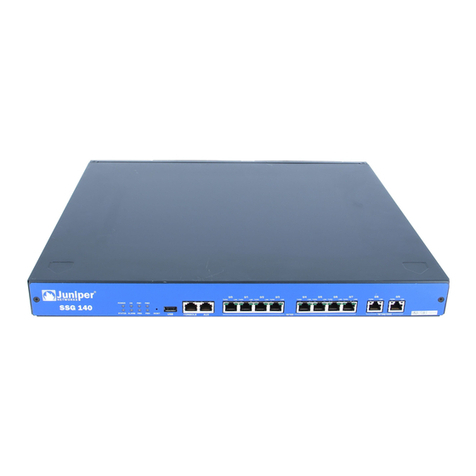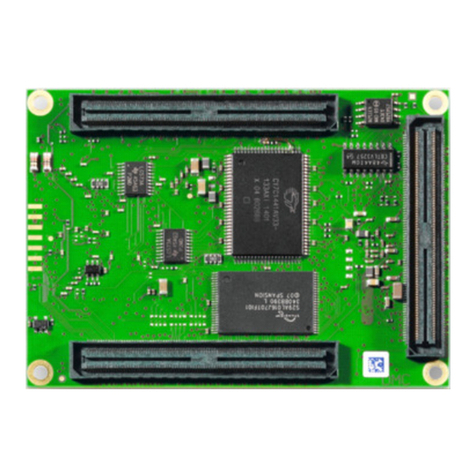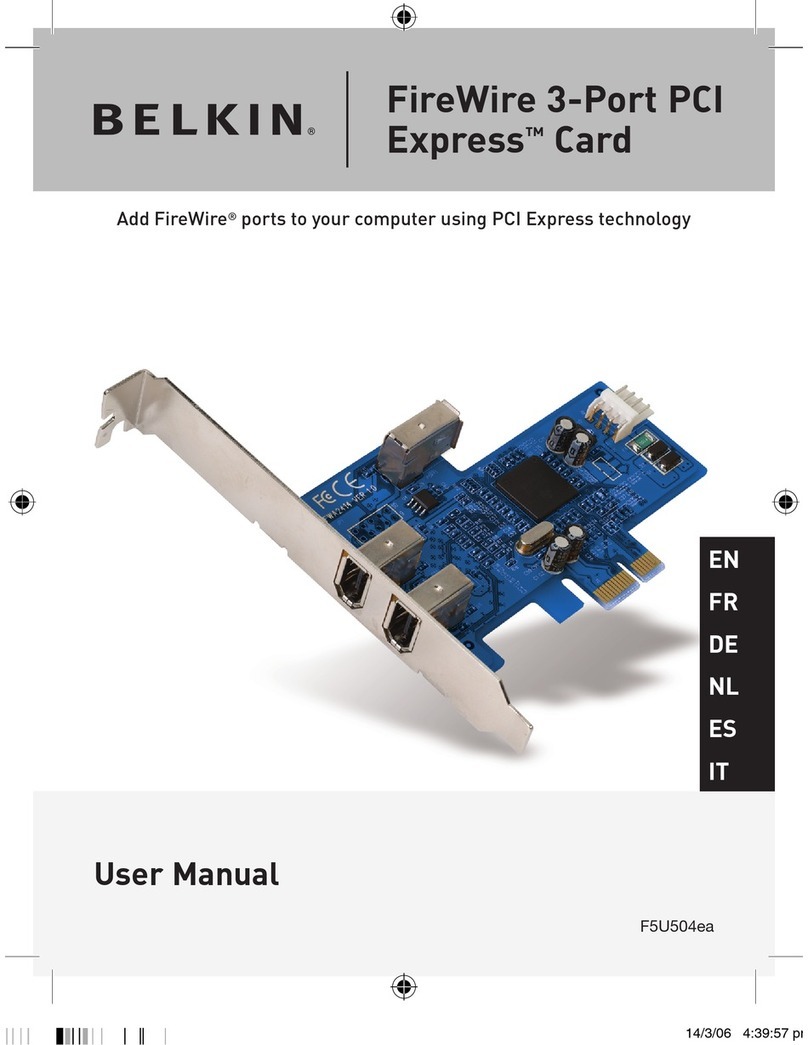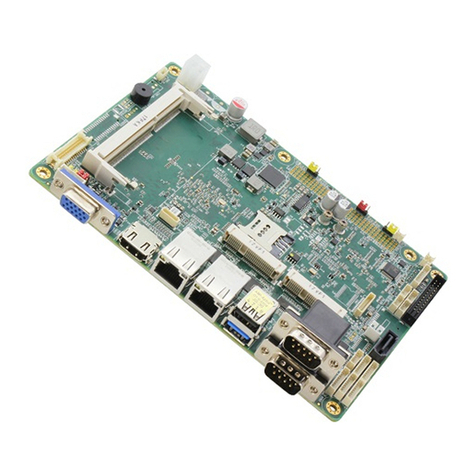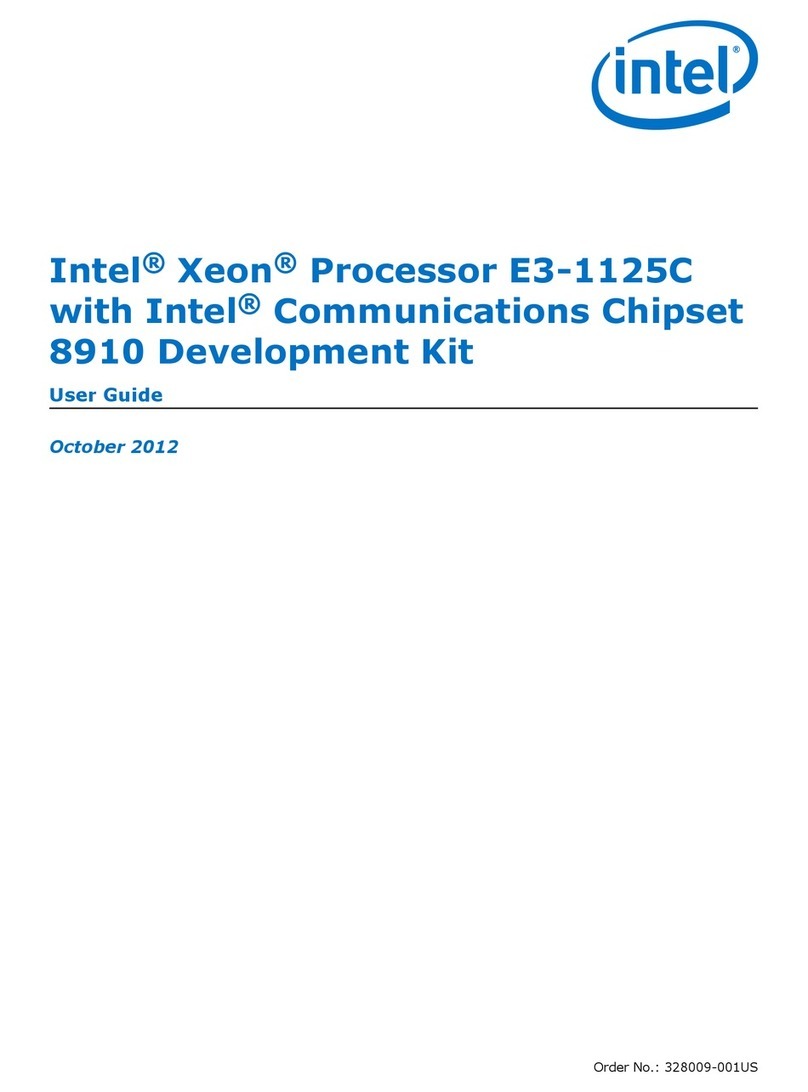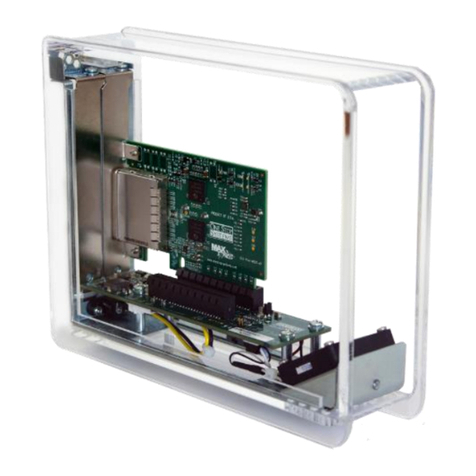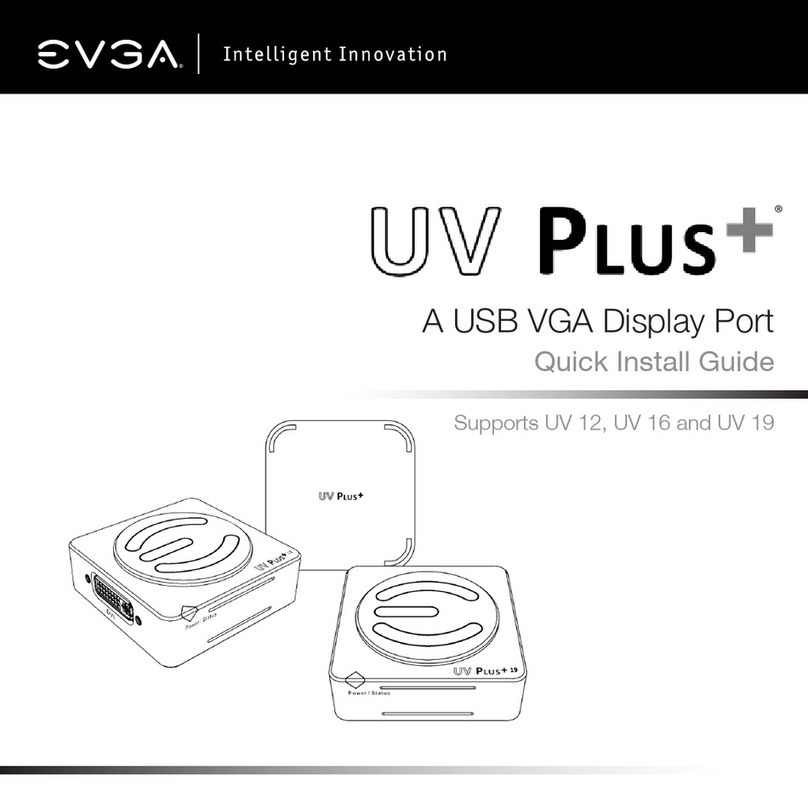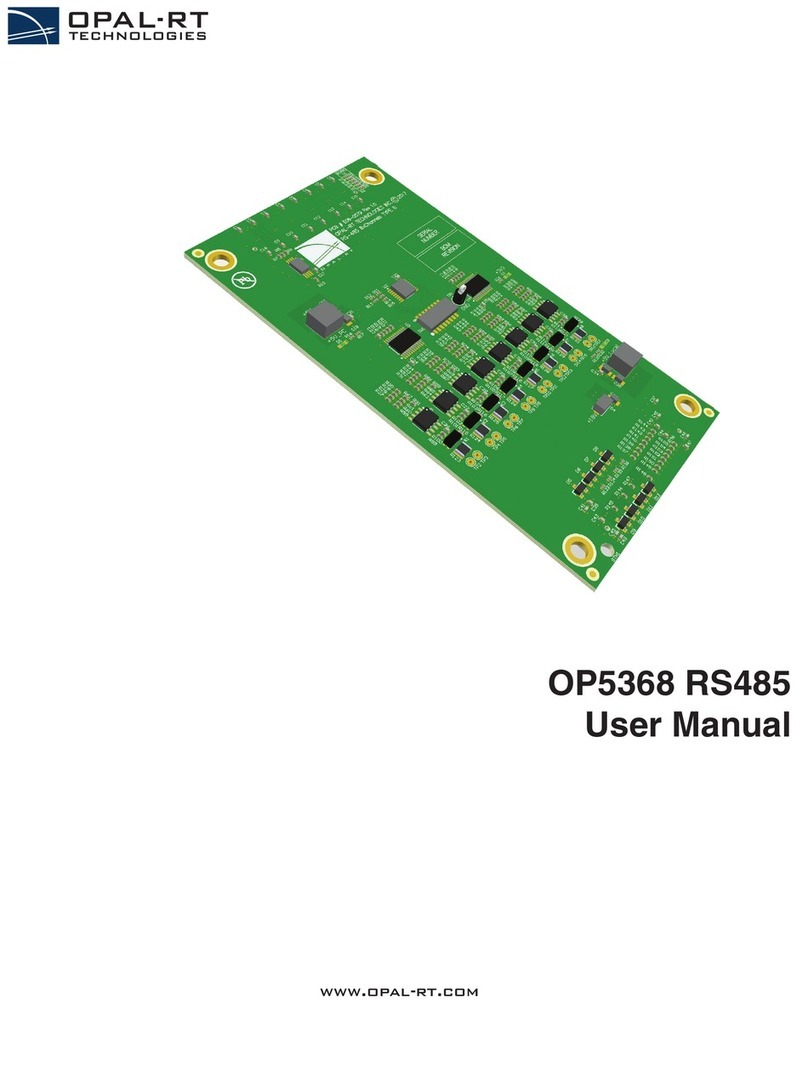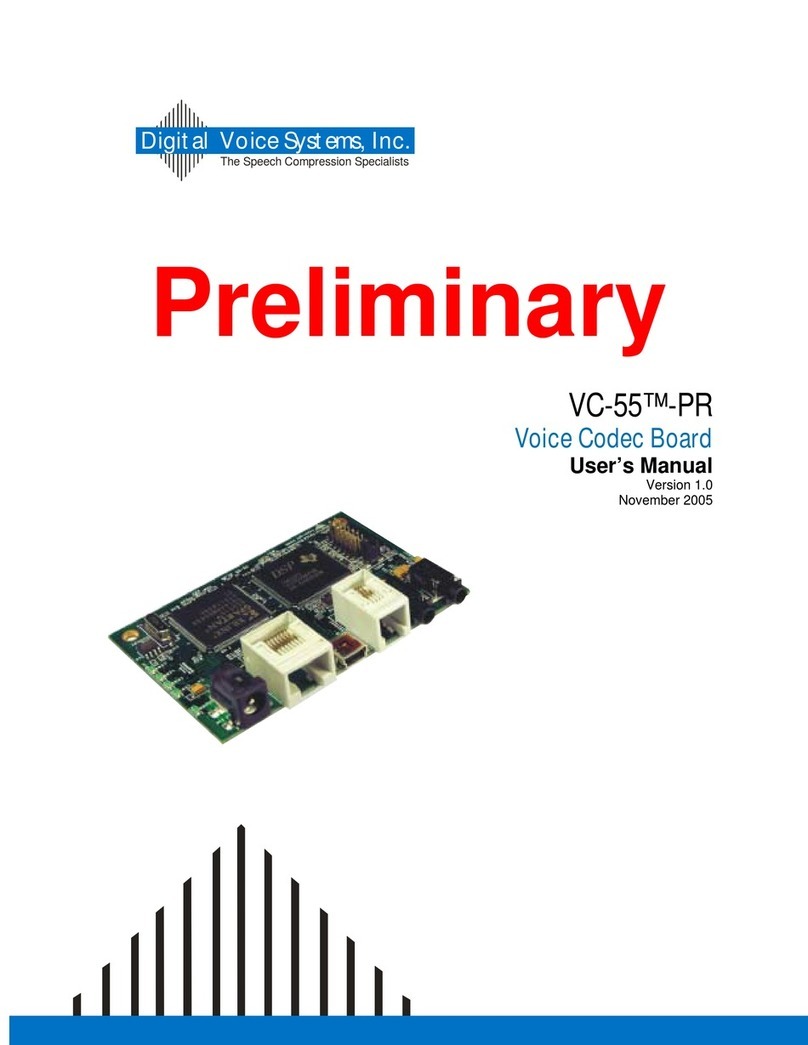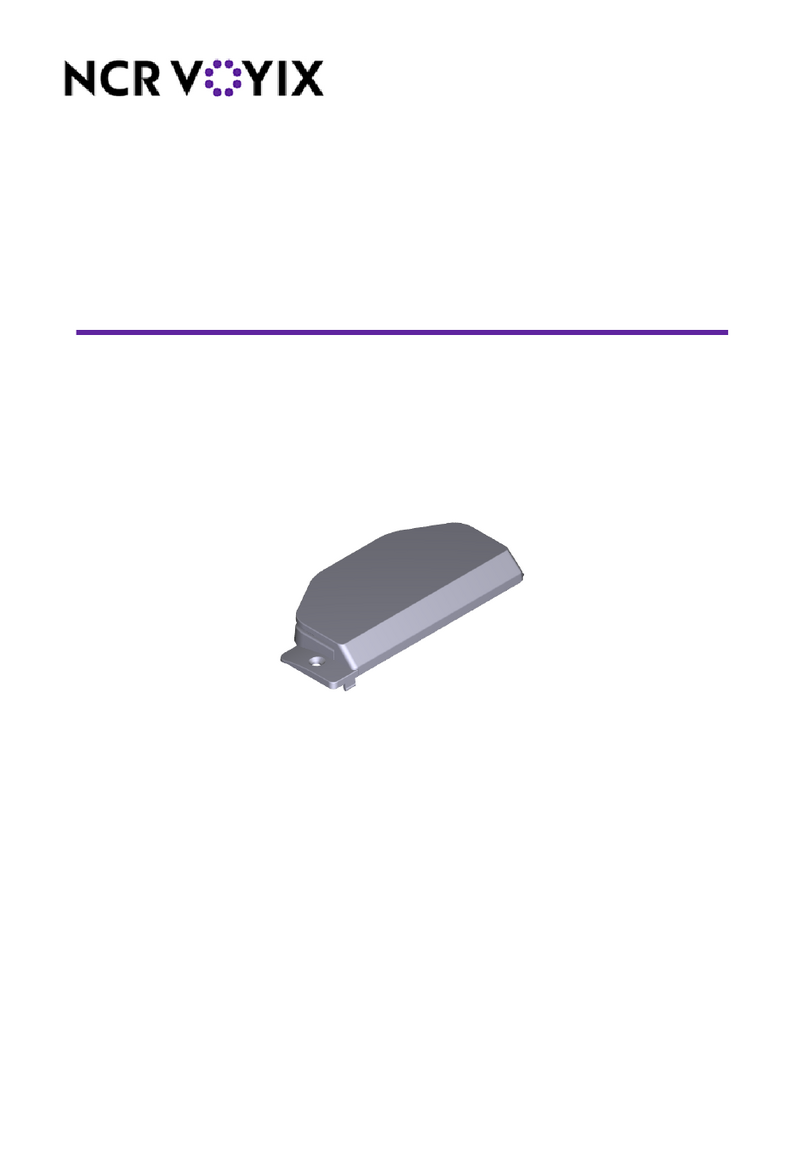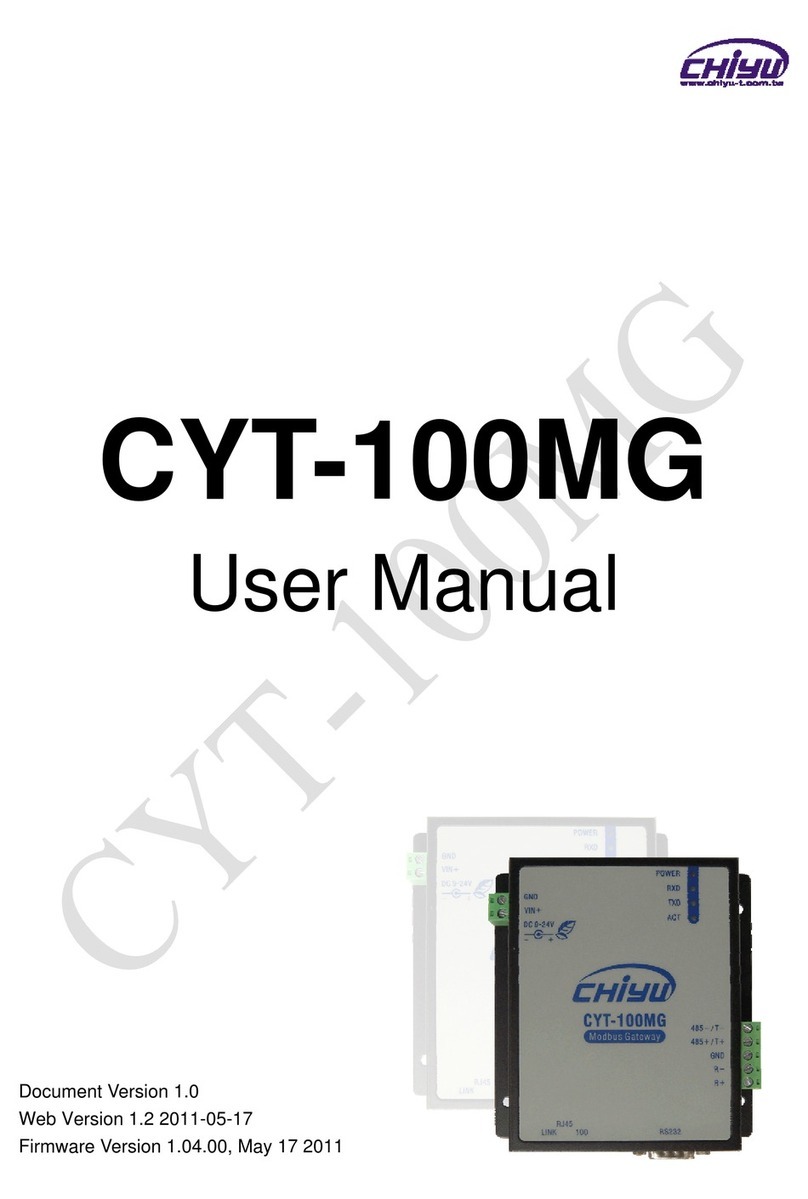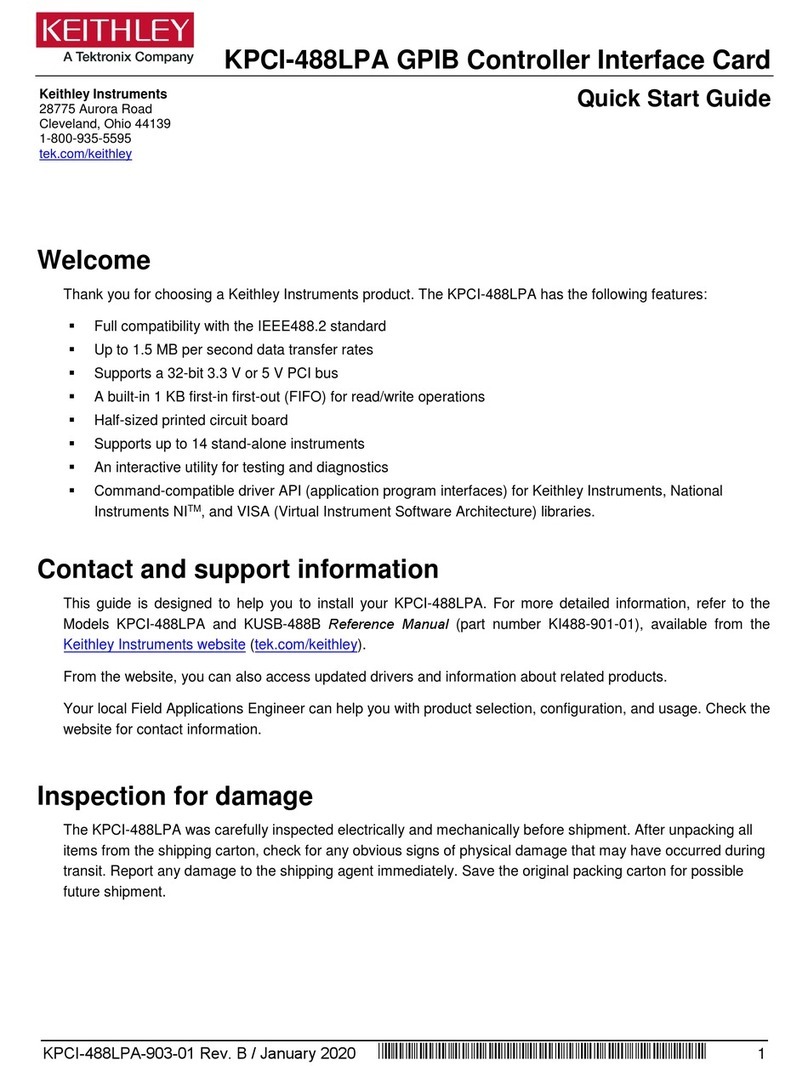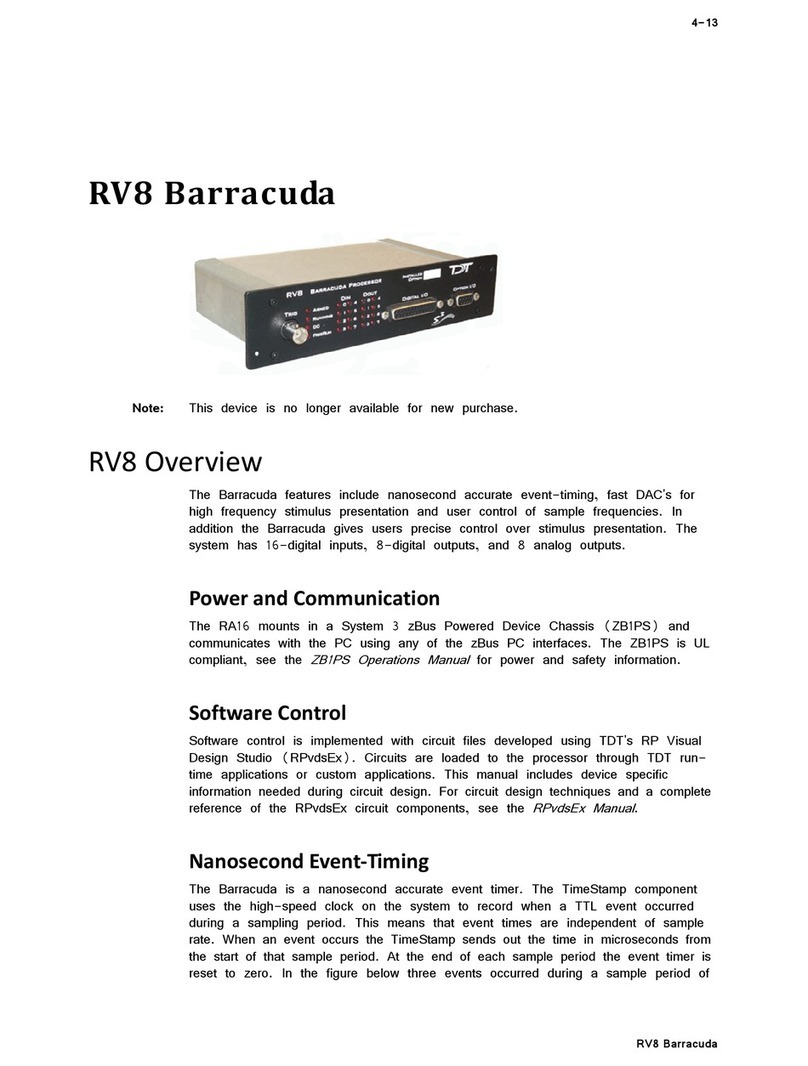Bluebell BC368 User manual

Operation Guide
BC368 and BC368D
Multi-format interfaces
Ref: BC368-OperationGuide-v1
BC368
SFP1
PW S/L S/L
SFP2
BC368D
SFP1
PW
SFP2

BC368-OperationGuide-v1 2
Bluebell Opticom Ltd.
Unit 2, The Quadrant
Howarth Road
Maidenhead
Berkshire
SL6 1AP
United Kingdom
Tel: +44 (0) 1628 510055 / Fax: +44 (0) 1628 510057
Please note that all documentation herein is of a confidential nature and may not be
reproduced without written confirmation from Bluebell Opticom Ltd. The technical descriptions
and schematics are to aid service and repair only. Dissemination to a third party or parties will
constitute breach of copyright.
Information in this document is subject to change without notice and does not represent a
commitment on the part of Bluebell Opticom Ltd.
Bluebell Opticom Ltd. has taken all possible steps to ensure that the information given here
is both correct and complete. In no event can Bluebell Opticom Ltd. accept any liability or
responsibility for any loss or damage to the owner of the equipment, any third party, or any
equipment which may result from use of this manual or the equipment which it describes.
Declaration of Conformities
Bluebell Opticom Ltd. hereby declares that the BC368 and BC368D Fibre Optic Transmission
Equipment is in compliance with the essential requirements and other relevant provisions of
the following EU directives: 89/336/EEC and has been assessed to EN55022B (European
limits and methods of measurement of radio disturbance characteristics); EN61000-4-2,
EN61000-4-4 (Level 2), EN61000-4-4FTB, EN61000-4-5 and EN61000-4-11 (EMC);
EN61000-6-1, EN61000-6-2, EC61000-6-3 and EC61000-6-4 (Immunity to electrical
emissions). Class 1 Laser Safety compliant: additional conformities are dependent on SFP
cartridges fitted.
RoSH and WEEE declaration
Bluebell Opticom Limited manages its business and collaborates with its suppliers to comply
with the European Union restriction of the use of certain hazardous substances in electrical
and electronic equipment, RoSH Directive (2002/95/EC), that came into force on 1st July 2006,
and similar restrictions in other jurisdictions.
The “crossed out wheelie bin” symbol on the product and represented above is there
to remind users of the obligation of selective collection of waste. This label is applied
to various products to indicate that the product is not to be thrown away as unsorted
municipal waste.At the end of life, dispose of this product by returning it to the point of
sale or to your local municipal collection point for recycling of electric and electronic devices.
Customer participation is important to minimize the potential effects on the environment and
humanhealththatcanresultfromhazardoussubstancesthatmay becontainedin this product.
Please dispose of this product and its packaging in accordance with local and national
disposal regulations, including those governing the recovery and recycling of waste electrical
and electronic equipment. Contact your local waste administration, waste collection company
or dealer.

BC368-OperationGuide-v1 3
Table of Contents
Overview.................................................................................................................................................................................4
Introduction ..................................................................................................................................................................... 4
Physical formats...........................................................................................................................................................4
Power requirements.................................................................................................................................................... 5
BC368 and BC368D connections and indicators.............................................................................................6
Signal Routing................................................................................................................................................................8
SDI format compatibility..............................................................................................................................................10
BC368 and BC368D SFP combinations.............................................................................................................10
Other setup options.......................................................................................................................................................12
External monitoring ........................................................................................................................................................14
BC100/160 Frame Panel LEDs......................................................................................................................... 14
Monitoring via webpages ...................................................................................................................................... 14
Appendix..............................................................................................................................................................................16
Specifications – BC368 and BC368D........................................................................................................... 16
SFP Options................................................................................................................................................................. 17
SFP cartridge selection.............................................................................................................................17

BC368-OperationGuide-v1 4
Overview
Thank you for purchasing this Bluebell Opticom professional broadcast video product. If you
are new to Bluebell products, or to the subject of transmitting video and/or other types of signal
over fibre links, please take the time to read through this document before putting the module
to use.
Introduction
The BC368 and BC368D plug-in modules belong to the Bluebell Opticom
BC Series of modular fibre interfaces, designed primarily for Outside Broadcast (OB) and
studio applications. The modules are equipped with two empty SFP carriers: the BC368 is
configured for two transceiver cartridges each with an input (Rx) and an output (Tx), while
the BC368D is configured for one dual-channel receiver cartridge (dual Rx) and one dual-
channel transmitter cartridge (dual Tx). These will generally be fibre-optic cartridges of the
user’s choice, though compatible cartridges with coaxial or other types of connector may be
installed if wished. Single-channel cartridges may be installed in either module type if only one
signal path is required.
Fitting suitable SFP cartridges to the two carriers allows the modules to perform a variety
of optical/optical (or optical/copper) operations often needed in OB and other broadcast
situations. These include bidirectional format conversion, signal monitoring and wavelength
management(conversionbetweenoptical wavelengths),andthus theBC368 andBC368Dcan
be regarded as useful engineer’s “toolkit” items as well as forming part of a fixed installation.
The BC368 and BC368D are intended for use with SDI video signals (12G, 6G, 3G, HD or SD)
or DVB-ASI video signals. MADI, audio and Ethernet signals at bitrates between 150 Mbps to
11.88 Gbps are also supported.
Physical formats
BC368 and BC368D modules fit the Bluebell BC100 or BC160 19” modular frames. The
frames can house fifteen (BC100) or six (BC160) interface modules, and are fitted with dual
internal AC power supplies.
Alternatively, modules may be fitted into smaller aluminium chassis; the BC101 and BC102
hold one and two modules respectively and require an external DC power source, while the
BC120 holds three modules and has an integral mains PSU.
BC368 and BC368D modules are fitted with two SFP carriers. These will typically be fitted (by
users) with dual fibre optic cartridges, but cartridges with copper connectivity may be fitted
alternatively: options include composite video, SDI, HDMI and DVI.
For fibre optic implementation, singlemode operation will normally be at 1310 nm or
1550 nm; alternative CWDM grid wavelengths are also possible. The optical option is generally
specified at the time of order.

BC368-OperationGuide-v1 5
Power requirements
Power supply requirements are dictated by the enclosure type used.
BC100 modular frames:
These may be fitted with either one or two AC mains PSU modules (number specified at time of
order). Each module has sufficient capacity to power a fully-loaded frame. TheAC connection
is via standard IEC cables, DC power distribution inside the frame is via the motherboard. See
the Operation Guide supplied with the frames for more details.
BC160 modular frames:
These are fitted as standard with dual internal AC mains power supplies, each of sufficient
capacity to power a fully-loaded frame. The AC connection is via standard IEC cables, DC
power distribution inside the frame is via the motherboard. See the Operation Guide supplied
with the frames for more details.
BC101 and BC102 single- and dual-slot chassis:
These are supplied with an external Universal AC adaptor which connects to the chassis via a
flying lead terminated in a 4-pin locking XLR connector. Mains is via an IEC connector.
BC120 triple-slot chassis:
This housing for three plug-in modules is fitted with an internal AC mains supply; mains
connection is via a rear IEC connector.

BC368-OperationGuide-v1 6
BC368 and BC368D connections and indicators
BC368:
BC368
SFP1
PW S/L S/L
SFP2
1
3
5
4
2
Choice of SFP types will
determine module's
functionality.
Example SFP
1. SFP1 — SFP carrier for signal-pair 1. User’s choice of transceiver cartridge may be fitted.
The arrowheads adjacent to the carrier indicate the transmit and receive connectors -
the lower optical connector is “receive”, that is, an input to the module, while the upper
connector is “transmit”, an output from the module.
2. SFP2 — SFP carrier for signal-pair 2. Details as [1].
3. S/L (SFP 1) — bi-colour LED for received input signal status at SFP 1. The LED illuminates
green to indicate that a valid input signal is detected at the SFP1 Rx port, and red when no
valid signal is detected.
4. S/L (SFP 2) — bi-colour LED for received input signal status at SFP 2. Details as [3].
5. PW — green LED; illuminates when DC power is applied to the module.

BC368-OperationGuide-v1 7
BC368D:
BC368D
SFP1
PW
SFP2
6
8
7
SFP1 example:
Singlemode dual channel receiver
SFP2 example:
Singlemode dual channel transmitter
Example SFP
6. SFP1 — SFP carrier for two input signals. User’s choice of single or dual receiver cartridge
may be fitted. The arrowheads adjacent to the carrier indicate the direction of signal flow.
7. SFP2 — SFP carrier for two output signals. User’s choice of single or dual transmitter
cartridge may be fitted. The arrowheads adjacent to the carrier indicate the direction of
signal flow.
8. PW — green LED; illuminates when DC power is applied to the module.

BC368-OperationGuide-v1 8
Signal Routing
BC368 only:
Both SFP 1 and SFP 2 must be fitted with transceiver cartridges. The signal at SFP 1’s input
(the lower optical connector of the pair) will always be available at SFP 2’s output (the upper
optical connector of the pair). A second, symmetrical signal path is available in the opposite
direction, as the diagram below shows:
SFP 1
TOP
SFP 2
Tx
Tx
Rx
Rx
(transceiver)
(transceiver)
A
B
B
A
Thereceivers in fibre-opticSFPtransceiver cartridges arewideband;the BC368 maytherefore
be used to retransmit a signal at a different optical wavelength from the one it is received at.
This principle may, of course, be extended to two separate signals by using both signal paths.
If one transceiver is fitted with “copper” connectivity (e.g., SDI, HDMI, etc.), one optical signal
appliedtothemodulemaybeconvertedintoelectricalformatwhileanotherinthecorresponding
electrical format is remodulated as an optical output.

BC368-OperationGuide-v1 9
BC368D only:
SFP 1 must be fitted with a receiver cartridge and SFP 2 must be fitted with a transmitter
cartridge. The BC368D is configured for two separate, identical signal paths between the two
SFPs; dual channel cartridges will need to be fitted in both carriers to take advantage of this.
However, single channel cartridges may be fitted if only a single signal path is needed. The
signal paths are shown in the diagram below:
SFP 1
TOP
SFP 2
Rx1
Tx1
Tx2
Rx2
(dual receiver)
(dual transmitter)
A
B
B
A
The receivers in fibre-optic SFP cartridges are wideband; the BC368D may therefore be used
to retransmit a signal at a different optical wavelength from the one it is received at. This
principle may, of course, be extended to two separate signals by using both signal paths.
If one SFP is fitted with “copper” connectivity (e.g., SDI, HDMI, etc.), optical signals may be
converted to or from electrical format.

BC368-OperationGuide-v1 10
SDI format compatibility
BC368 and BC368D interfaces are intended for use with serial digital video (SDI) signals at
data rates up to 11.88 Gb/s. Standards supported are:
• SD-SDI – SMPTE 259M-compliant at 270 Mb/s
• HD-SDI – SMPTE 292M-compliant at 1.483 and 1.485 Gb/s
• 3G-SDI – SMPTE 424M-compliant at 2.967 and 2.970 Gb/s
• 6G-SDI – SMPTE ST-2081 compliant at 6 Gb/s
• 12G-SDI – SMPTE ST-2082 compliant at 12 Gb/s
ASI baseband streams at 270 Mb/s are also compatible.
Signals at these standards will be passed through the cards to the other SFP. On the BC368,
the relevant status LED(s) will illuminate green on receipt of a valid signal.
The BC368 and BC368D will also pass signals at other bit rates, such as MADI at 125 Mb/s
and other digital video formats at 143 Mb/s, 177 Mb/s, 360 Mb/s, and 540 Mb/s. They will also
pass digital audio signals and Ethernet data up to 10 gigabit.
BC368 and BC368D SFP combinations
The BC368 and BC368D are format converters whose functionality and application will always
be determined by the type of cartridges fitted into the two SFP carriers. While the modules will
generally be used with fibre optic cartridges, several other types exist and are compatible with
the module.
The table on the following page illustrates some possible combinations of input and output
formats. On the BC368, the cartridges in both carriers (SFP 1 and SFP 2) must be bidirectional
transceivers; on the BC368D, one cartridge (SFP 1) must be a single- or dual-channel receiver
and the other (SFP 2) a single- or dual-channel transmitter.

BC368-OperationGuide-v1 11
SFP 1
SFP 2
Optical
SM/MM
SDI or
Composite
Decoder
MADI
Ethernet
Optical
SM/MM
Optical
SM CWDM
SDI or
Composite
Encoder
MADI Ethernet
HDMI/DVI
Receiver
HDMI/DVI
Transmitter
Optical
SM CWDM
Signals can be unidirectional or bidirectional depending upon the PCB hardware:
- Version BC368 is a dual channel transceiver
- Version BC368D is a dual channel unidirectional device
Inallcases,outputsignalsaresimply“passed-through”versionsofaninputsignal. Themodules
do not convert any signal types but just re-generate them for output, and are transparent to any
embedded audio or other data that the SFPs can carry.
On either type of module, the electrical input to an SFP transmitting port must be capable of
handling the format of the electrical signal output from an SFP receiving port: i.e., both SFPs
must be capable of handling the internal signal.
Please see also the Operations Guide section “SFP Options” on page 17.

BC368-OperationGuide-v1 12
Other setup options
BC368 and BC368D modules have three movable, internal PCB jumpers: J1, J4 and J5, whose
positions modify the interface’s operation. There are no other user adjustments. The links are
all set on 3-pin headers: a jumper is positioned either on pins 1 and 2 or 2 and 3 of the header.
J4 and J5 should be set according to whether either or both of the SFPs fitted are MSA or
non-MSA type (the default setting). J1 is for factory use only. In its default setting, the module’s
control EEPROM is write-protected.
The table below summarises the jumper settings. Factory default settings are shown
in
Bold Italics
.
Jumper Setting Effect
J4
Pins 1, 2 linked When SFP 1 is data type (MSA)
Pins 2, 3 linked
When SFP 1 is video type (non-MSA)
Link removed SFP 1 monitoring disabled
J5
Pins 1, 2 linked When SFP 2 is data type (MSA)
Pins 2, 3 linked
When SFP 2 is video type (non-MSA)
Link removed SFP 2 monitoring disabled
J1 Pins 1, 2 linked
(or no link) – EEPROM protected
Pins 2, 3 linked For factory use only
The diagram on the following page shows the locations of the PCB jumpers. Note that the
jumper options are indicated as text on the PCB itself.

BC368-OperationGuide-v1 13
SFP 1
TOP
REAR
CONNECTOR
JUMPERS SHOWN IN ‘DEFAULT’
POSITIONS
SIMPLIFIED VIEW - ONLY PRIMARY
COMPONENTS SHOWN
J4
BC368 and BC368D – PCB layout
PIN 1
SFP 2
PIN 1
J5
PIN 1
J1
WRITE PROTECT
WRITE ENABLE
MSA
NON MSA
MSA
NON MSA

BC368-OperationGuide-v1 14
External monitoring
All modules in the Bluebell modular range can report their status to the frame in which they are
housed. The frame’s LEDs (two per module) will confirm correct operation (or otherwise), and
if the optional SNMP/Ethernet interface module is fitted, remote monitoring is also available.
Contact Bluebell for the relevant .mib file.
BC100/160 Frame Panel LEDs:
BC368 BC368D
LED A
Green Signal detected by SFP 1 at
Rx (lower) port Module present
Red No signal detected by SFP 1 at Rx
(lower) port (Never - not used)
LED B
Green Signal detected by SFP 2 at
Rx (lower) port Module present
Red No signal detected by SFP 2 at Rx
(lower) port (Never - not used)
Monitoring via webpages:
“Overview” webpage:
BC368 BC368D
Ch A
LED
Green Signal detected by SFP 1 at
Rx (lower) port Module present
Red No signal detected by SFP 1 at Rx
(lower) port (Never - not used)
Ch B
LED
Green Signal detected by SFP 2 at
Rx (lower) port Module present
Red No signal detected by SFP 2 at Rx
(lower) port (Never - not used)
“Frame Information” webpage:
BC368 BC368D
Ch A
“good” Signal detected by SFP 1 at
Rx (lower) port Module present
“fail” No signal detected by SFP 1 at Rx
(lower) port (Never - not used)
“unknown” Module not detected in this slot Module not detected in this slot
Ch B
“good” Signal detected by SFP 2 at
Rx (lower) port Module present
“fail” No signal detected by SFP 2 at Rx
(lower) port (Never - not used)
“unknown” Module not detected in this slot Module not detected in this slot

BC368-OperationGuide-v1 15
Remote monitoring via SNMP:
BC368 BC368D
cardsigChA
“good” Signal detected by SFP 1 at
Rx (lower) port Module present
“fail” No signal detected by SFP 1 at Rx
(lower) port (Never - not used)
“unknown” Module not detected in this slot Module not detected in this slot
cardsigChB
“good” Signal detected by SFP 2 at
Rx (lower) port Module present
“fail” No signal detected by SFP 2 at Rx
(lower) port (Never - not used)
“unknown” Module not detected in this slot Module not detected in this slot

BC368-OperationGuide-v1 16
Appendix
Specifications – BC368 and BC368D
Output & Input
Physical SFP Module
Connector SFP Module dependent*
Signal detection
(Note: BC368 only) Bicolour LED (green = valid signal, red = no valid signal)
Data rate Up to 11.88 Ghz (12G)
Conformities
EMI/RFI Complies with 89/336/EEC and EN55022B
EMC Complies with EN61000-4-2, EN61000-4-4 (Level 2), EN61000-4-4FTB,
EN61000-4-5 and EN61000-4-11
Electrical Immunity Complies with EN 61000-6-1, EN61000-6-2, EN 61000-6-3 and EN
61000-6-4
Laser Safety Class 1 Laser Safety compliant; for additional conformities see
datasheets for SFP cartridges fitted.
RoHS Complies with Directive 2002/95/EC
Physical
Depth 73 mm (exc. SFP cartridges)
Width 20 mm (4HP)
Height 129 mm (3RU)
Weight 100 g
Operating Temp -30°C to +70°C
Power 2.5 W
* Unit functionality is defined by the SFP modules fitted. See diagram at “BC368 and BC368D SFP combinations”
on page 10 for currently available combinations.

BC368-OperationGuide-v1 17
SFP Options
The functionality of the BC368 and BC368D is partly dependent on which type SFP cartridge
is fitted to each of the two carriers (SFP 1 and SFP 2). Your module will be supplied with the
cartridges that were specified at the time of ordering already factory-fitted; if no cartridges
were specified, the carriers will be empty for users to fit cartridges of their choice.
The applications to which the modules may be put can be changed at any time by fitting a
different cartridge in either or both the SFP 1 and SFP 2 carriers.
In general, if the guidance below is followed, the BC368 and BC368D will operate within their
design ciriteria. Please contact the Bluebell Sales Department with any specific requirements.
SFP cartridge selection
SFPs fitted to these modules must have the following characteristics:
• SFPs can be either MSA or non-MSA pinout as long as the card’s jumper links are set
accordingly (see ‘Configuration’ section)
• Data rates up to 11.88Gbps (12G) can be handled by the card
• The electrical input to an SFP transmitting port must be capable of handling the format
of the electrical signal output from an SFP receiving port.
Additionally, the SFPs fitted must conform to the following module-specific requirements:
BC368:
• Both SFP1 and SFP2 should be transceivers.
(Note that a single-channel receiver and a single-channel transmitter may also work as a
single-channel converter).
BC368D:
• SFP1 should be a dual-channel receiver and SFP2 should be a dual-channel transmitter.
(Note that a single-channel receiver and a single-channel transmitter may also work as a
single-channel converter).
A list of suitable SFPs with the required characteristics can be found at:
http://bluebellcomms.co.uk/sfps/
Customers choosing their own SFPs do so at their own risk.
This manual suits for next models
1
Table of contents
